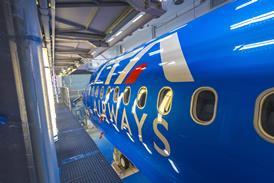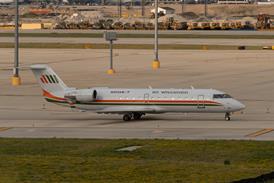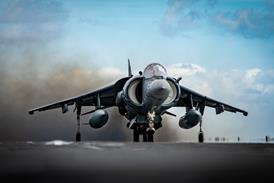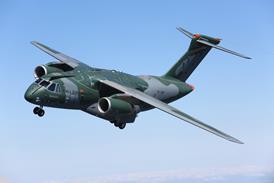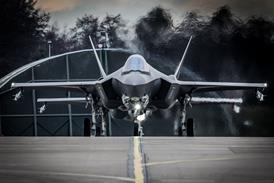Not until the very last panel of the ISTAT conference did someone in the audience ask the one question that had been hovering over the event for two days.
Until that moment, attendees had heard much about a commercial aircraft industry that is mostly in a great shape, with record backlogs, surging traffic growth, improving aircraft values and no analytic reason to think it will change course soon. So, regardless of all the good news, the anonymous questioner asked, what is keeping the panellists awake at night?
On the stage were the captains of the aircraft leasing community, who gather with aircraft traders, financiers and manufacturers in a plush resort hotel on the outskirts of eternally sunny Phoenix, Arizona for an annual dialogue on the state of the air transport industry.
Most years, the public conversation covers a wide variety of financial issues, but also focuses on the kind of overriding, capital-T “Topics” that tend to rattle the psyches of the people who trade in aircraft worth tens of millions or even hundreds of millions of dollars.

AirTeamImages
For an industry that has experienced an unprecedented 11 years of steady growth, it had always been easy to find something that everyone attending agreed to worry about. Several years ago it was how the industry would cope with the global financial crisis, but then it did. Then the worry was over where the capital would come from to pay for all those aircraft being delivered with hefty financing packages, but somehow the credit materialised. More recently, fears focused on talk of order bubbles and the declining service lives of narrowbody aircraft.
While not everyone is resting at ease, the near-absence of the phrase “order bubble” in the ISTAT dialogue spoke volumes about its current relevance. So what is keeping the aircraft trading community up at night these days?
Digging deep into the remarks made over the two days revealed a few worries. The price of oil should remain well below $100 per barrel for years to come, it was said, unless a geopolitical crisis overwhelms market forces. Russia’s recent actions in eastern Europe suggest a “catastrophic” geopolitical event is now more likely than ever, but that is still a remote possibility. Airbus and Boeing are entering a potentially awkward transition to a series of new and re-engined models, as galloping production rates stoke fears of over-supply.
But these are all manageable problems. The industry has every right to feel optimistic, and that seems to be why some may be having trouble sleeping.
Source: Flight International


